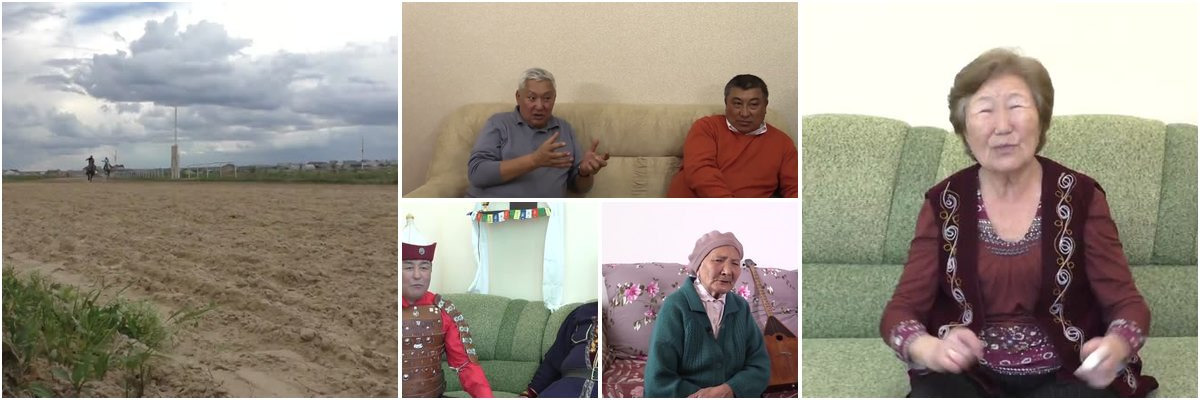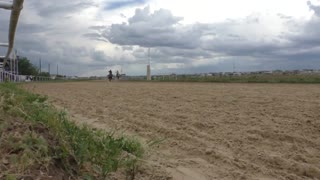Kalmyk camels collection

Metadata
identifier
a0e0e99d-3887-4983-b2db-42446f3aadea
type
Collection
coverage
Kalmykia, Russian Federation
description
Videos from the Kalmyk Cultural Heritage Documentation Project. The project is based at the Mongolia and Inner Asia Studies Unit, the University of Cambridge. Its principal output is a database of Kalmyk and Oirat cultural heritage in Russia and China. This collection includes a series of videos on “Camels”. Traditionally, the Kalmyks bred four kinds of livestock, including sheep, cattle, horses, and camels. Being the main wealth of nomads, livestock provided not only food but also materials used for the construction of traditional dwellings, costumes, and utensils. In the past, depending upon the season, livestock were grazed in the open fields in summer (zusln), spring (khavrzn), autumn (namrzn), and winter pastures (uvlzn).
Items

1950301. Alena Lidzhieva, How to Make Female Camels Accept Their Newborn
A female camel is pregnant for 11 months. Sometimes female camels reject their calves.

2230746. Valeriy Bolaev, Ulyumdzhi Mandzhiev, About Camels
Valeriy says that there are only 5,000 camels left that can be described as of Kalmyk breed. The majority of them are in Astrakhan oblast’.

2252323. Polina Fedorova, About Camel Meat
In the past, the Kalmyks ate beef and horse meat. The poor ate camel meat. People who ate camel meat had pimples on their faces. The camel’s pelt and humps were used to make vessels.

2253415. Polina Fedorova, How to Make Female Camels Accept Their Newborn
Sometimes female camels reject their calves. Female camels are jealous and squeamish animals. If a child touched a calf, its mother could reject it.


